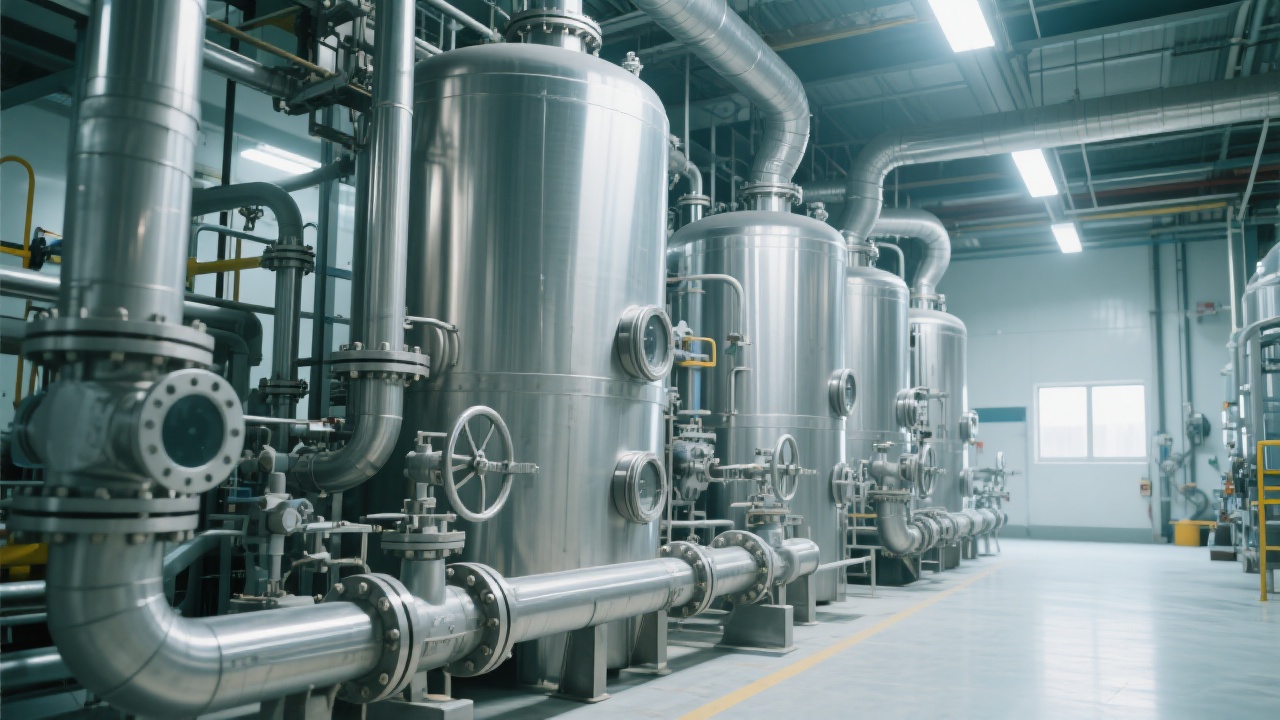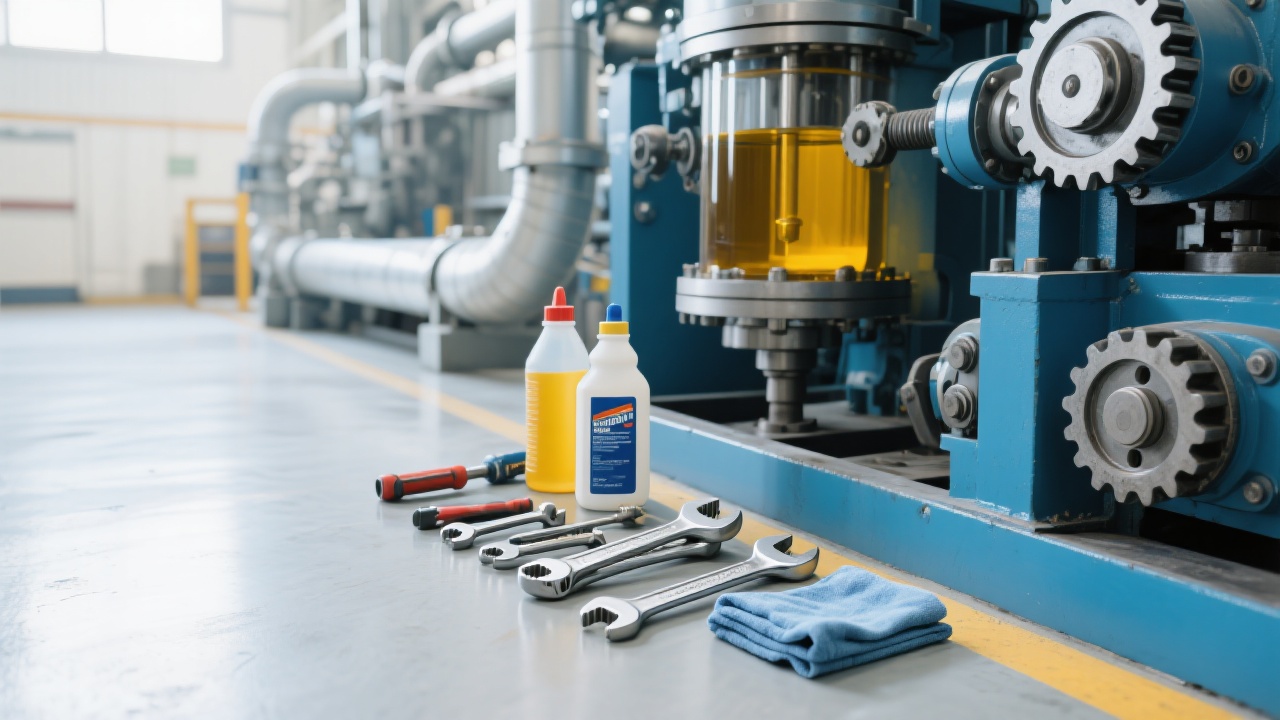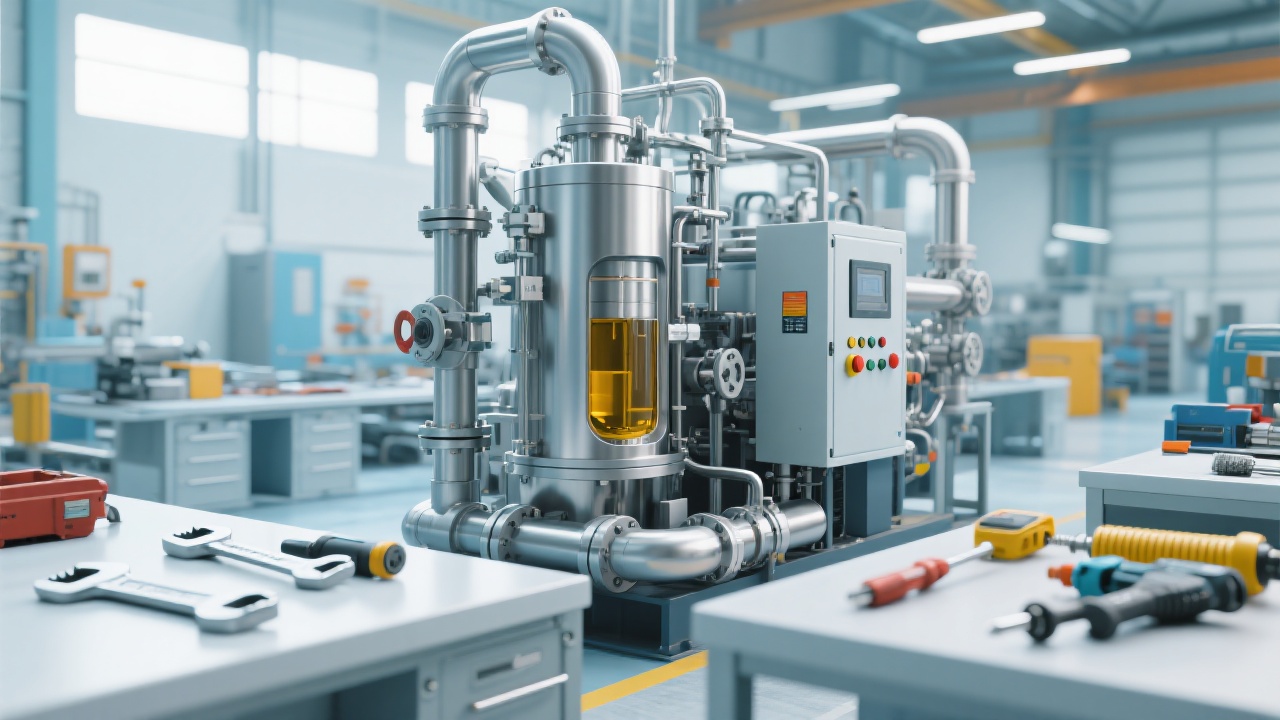
For food processing engineers and plant managers overseeing sesame oil lines, achieving consistent quality and uptime isn't just about machinery—it’s about intelligent control. At Qingdao Penguin Group, we’ve deployed over 47 automated sesame oil systems across Asia, Europe, and the Middle East, with an average reduction of 32% in unplanned downtime after implementing structured PLC-based automation.
A robust automatic control system starts with three pillars: Programmable Logic Controllers (PLCs), sensors, and actuators. In our production line, a Siemens S7-1200 PLC serves as the brain—handling real-time data from 18+ sensors including temperature probes (±0.5°C accuracy), flow meters (±1% repeatability), and pressure switches. These components work together to maintain optimal extraction temperatures between 65–75°C, which is critical for preserving flavor compounds like sesamin and sesamolin.
| Component | Function | Typical Use Case |
|---|---|---|
| PLC (S7-1200) | Central logic processing | Real-time adjustment of heating zones |
| Thermocouple Sensors | Temperature monitoring | Preventing overheating during pressing |
| Flow Meters | Oil throughput tracking | Optimizing pump speed vs. yield |
We found that fine-tuning PID parameters on the PLC—notably Kp=1.5, Ki=0.3, Kd=0.1—reduced temperature fluctuations by up to 41% during high-load operations. This level of precision directly impacts oil clarity and shelf life. For example, one client in Saudi Arabia reported a 12% increase in premium-grade oil output within two months of applying these adjustments.

Proactive maintenance saves time—and money. Our team developed a 5-step diagnostic protocol used in over 30 facilities:
One common issue? Flow meter drift due to sediment buildup—a fix that took only 15 minutes once identified. With proper training, even junior staff can resolve such issues without calling in external support.

Whether you run a small-scale artisanal mill or a 5-ton/day industrial facility, one-size-fits-all automation doesn’t work. We recommend starting with modular PLC configurations—like adding I/O modules only when needed—to keep initial costs under $8,000 while scaling later. For larger plants, integrating OPC UA protocols enables seamless communication between your control system and ERP platforms like SAP or Oracle.
By adopting this layered approach, companies report an average ROI of 14 months, with improvements in both energy efficiency (up to 18%) and product consistency.

If you’re serious about maximizing your sesame oil line's performance—whether it's for export compliance, labor cost reduction, or better product uniformity—we’ve compiled all the best practices into a comprehensive PDF manual. It includes full wiring diagrams, parameter tables, and step-by-step video walkthroughs.
Ready to take your automation to the next level? Click here to download the complete operation manual — and join our technical community where experts answer questions daily.

.jpg?x-oss-process=image/resize,h_800,m_lfit/format,webp)

.jpg?x-oss-process=image/resize,h_800,m_lfit/format,webp)





.jpg?x-oss-process=image/resize,h_800,m_lfit/format,webp)

